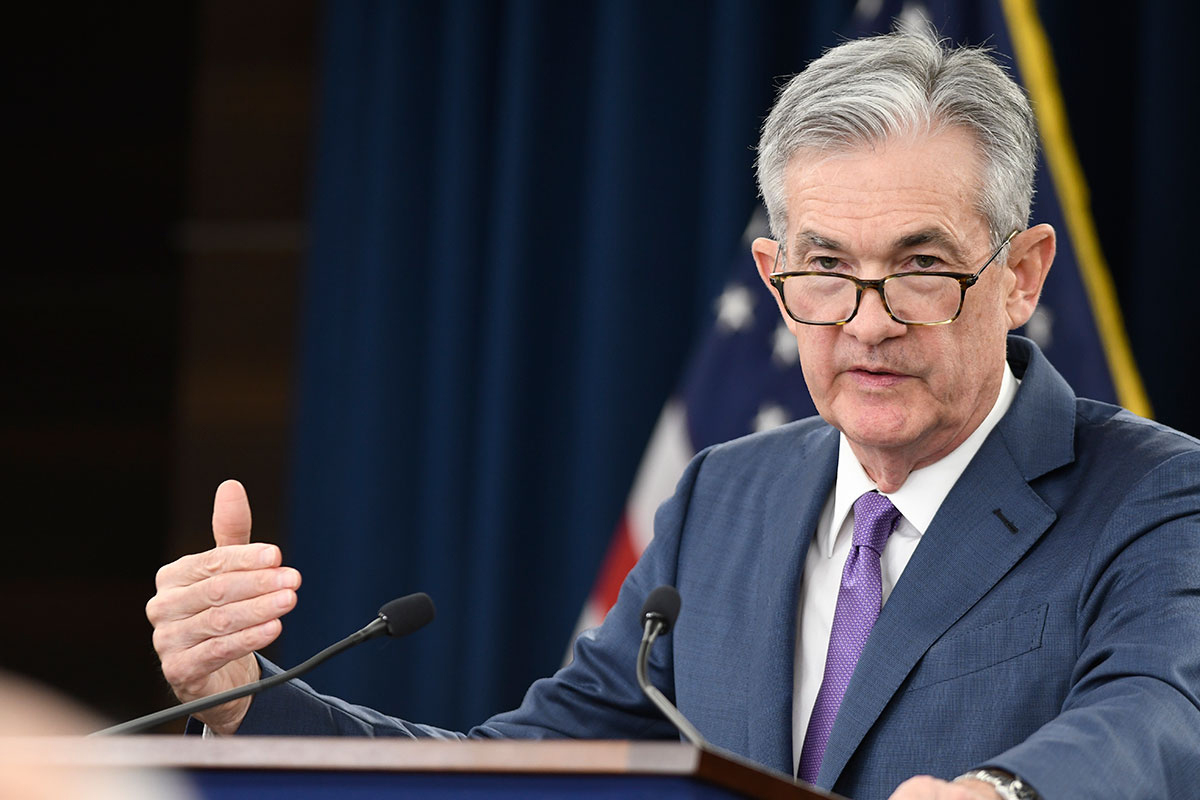Global Risks Prompt Fed Rate Cut
The Federal Reserve's policymaking body agreed Wednesday to lower interest rates for the first time since the financial crisis amid rising global risks.

The Federal Reserve’s policymaking body decided Wednesday to cut interest rates for the first time in over a decade in order to shield the U.S. economy from growing uncertainty abroad.
At the conclusion of its meeting on July 31, the Federal Open Market Committee agreed to reduce the federal funds rate by a quarter-percentage point, to a range of 2% to 2.25%. The Fed said the decision will support economic growth as the European economy slows and the trade dispute with China continues.
“It is intended to insure against downside risks from weak global growth and trade policy uncertainty,” Federal Reserve Chairman Jerome Powell told reporters following the meeting.
The Fed’s decision is the first reduction in interest rates since the start of the financial crisis in December 2008.
Rates are typically lowered in anticipation of an economic slowdown, but the Fed appears to have cut rates to prevent problems overseas from negatively impacting the U.S., whose economy remains strong, according to Powell. The chairman pointed to low unemployment and rising wages as indicators that growth will likely continue, but at a muted pace. “We expect job growth to be slower than last year but above what we believe is required to hold the unemployment rate steady,” he said.
The cut reverses expectations set at the start of the year when the Fed planned to hike rates throughout 2019 to prevent the economy from overheating.
But when the trade war between the U.S. and China escalated, the Fed adopted a patient stance before reversing direction to prevent the economy from cooling down. “These changes in the anticipated path of interest rates have eased financial conditions and have supported the economy,” Powell said.

The move may come as a relief to borrowers as corporate debt continues to rise. According to the Fed’s latest Financial Stability Report released in May, leveraged lending grew by 20% to $1.1 trillion in 2018.
Data show interest rate increases impacted the long-term planning of companies and their investors. In TD Bank’s 2018 Middle Market Survey, respondents cited rising interest rates as the second-biggest obstacle to business operations, behind only domestic competition.
In a written statement following the meeting, the Federal Reserve did not indicate if there would be more cuts in the future but said it would continue to monitor economic activity.
The next meeting of the FMOC is scheduled for Sept. 17-18.


